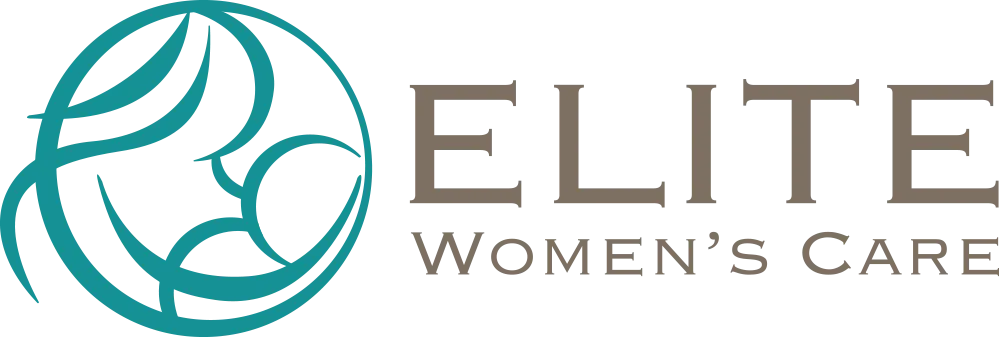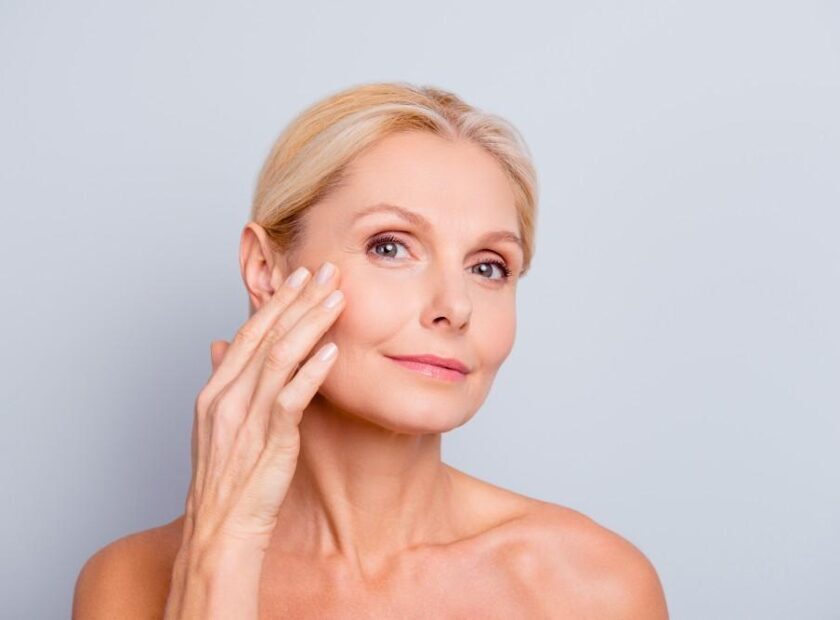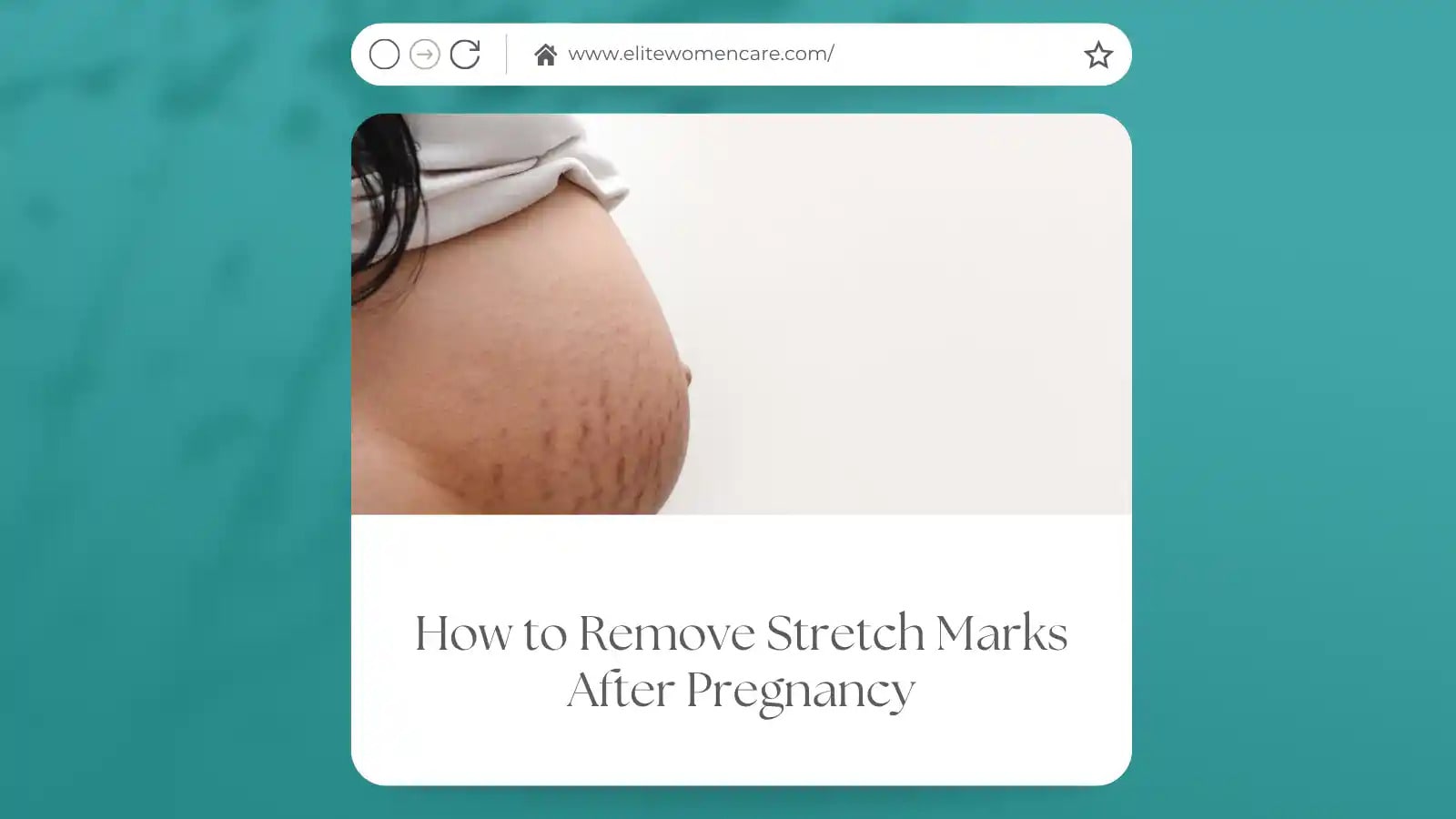
How to Remove Stretch Marks After Pregnancy
Stretch marks are a very common skin concern and one of the primary reasons that many women seek after pregnancy treatments. These lines usually appear over the abdomen, breasts, thighs, or hips and are caused by sudden stretching of the skin during pregnancy. They are perfectly natural and harmless, but many women do try to figure out ways through which they can be reduced or removed to have more confidence about their bodies after pregnancy. Luckily, there are so many options for reducing the stretch mark removal. Depending on personal preference, budget, and skin type, one might pick anything from creams and oils for stretch marks to professional intervention in the form of laser treatment. This guide will explore some of the promising methods presented to help you make an educated decision about how to treat your post pregnancy stretch marks.
Understanding Why Stretch Marks Appear
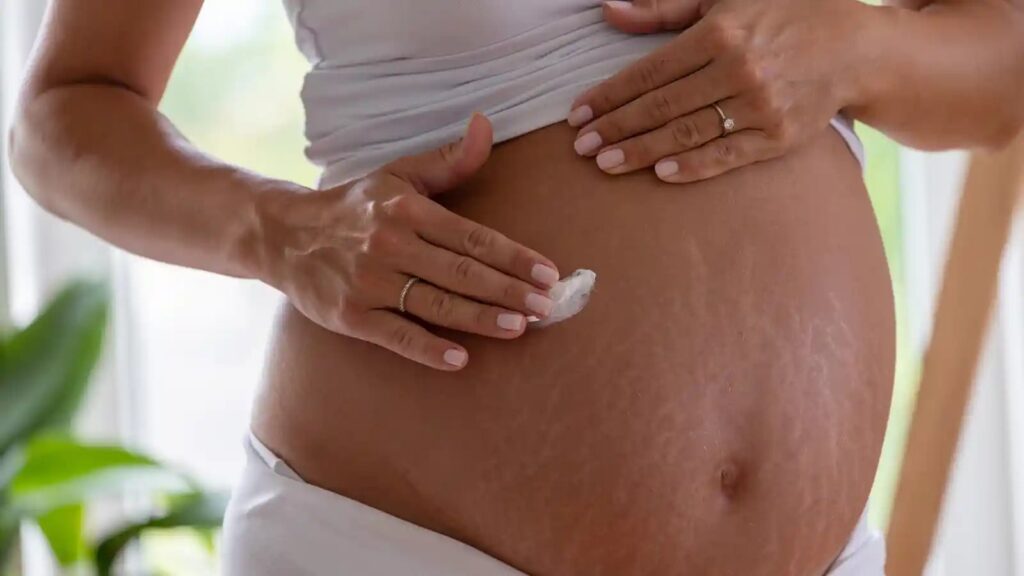
Striae or stretch marks get formed as a type of scar when the skin stretches or shrinks quickly. This sudden stretch leads to a rupture of the skin’s collagen and elastin. When the skin begins to heal, stretch marks may become visible. This usually occurs due to the rapid increase in the size of the abdomen and some other parts of the body in pregnancy in the case of new mothers.
In their immature condition, stretch marks may appear red, purple, or even dark brown in color, depending on the hue of your skin. With the passage of time, they usually tend to fade and become lighter. This natural fading process does attract some of those women wishing to hasten the improvement through the best stretch mark treatment.
Topical Treatments to Try at Home
One of the easiest good remedies for stretch marks after pregnancy is a topical pregnancy stretch mark cream or oil. There are so many that are said to work, but the success rate varies. Look out for retinoids, hyaluronic acid, and centella asiatica as these are known for improving skin elasticity and texture.
The most important part of treatment is to be consistent in doing so. The least that can be done is for two months or longer, twice daily, intensity after intensity, of good cream or oil on the stretch marks.However, while these products can enhance the skin’s appearance, they rarely remove stretch marks completely.
Benefits of Laser Stretch Marks Removal
As a more lasting solution, the running of laser stretch mark removal has become popular. With the use of focused light, laser strength marks removal procedure stimulates collagen production and resurfaces the skin so as to make stretch marks less conspicuous. Different types of lasers can work on various layers of skin to accomplish healing and regeneration.
Laser treatments generally can be termed as safe; however, they may require multiple sessions for complete results. It is advisable to check with a dermatologist to ensure whether the treatment is right for your skin type, or unright, assess the risk involved and costs involved.
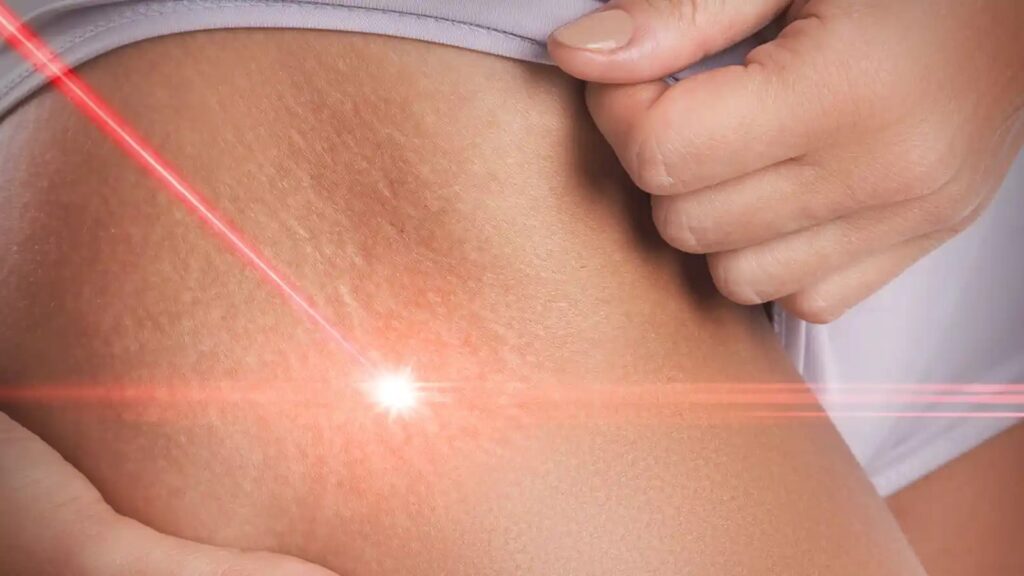
Stretch Mark Treatment: What’s Best?
This can be somewhat difficult to choose because of the many options available. Some people might find topical applications along with regular moisturizing and massage sufficient. Others could benefit from professional treatments like microdermabrasion, microneedling, or chemical peels.
The advantages and disadvantages relate to different aspects of each treatment. Some of them depend on the age of the stretch marks, their severity, the skin type, and certainly what the patient prefers. Consulting with a skincare professional can help you choose the most effective method tailored to your needs.
How Laser for Stretch Marks Works
Laser for stretch marks direct beams of light to the affected areas to break scar tissue and stimulate new skin cell growth, simultaneously disrupting the texture and color of the stretch marks to enable their more natural blending with the surrounding skin.
Different lasers treat different skin layers. Ablative lasers remove the outer layers of the skin, and non-ablative lasers promote collagen growth deeper within. Your dermatologist might suggest the best type of laser for you, depending on your specific type of stretch marks and skin sensitivity.
Pros and Cons of Laser Treatment for Stretch Marks
One major advantage of laser treatment for stretch marks is its effectiveness in reducing both the depth and color of stretch marks. The procedure is non-invasive, with very minimal downtime and results that gradually improve with each session. Many patients attest to significant changes in skin appearance with treatment.
Some disadvantages include the high costs of the treatment, various results among individuals, and redness and swelling as common occurrences after treatment. It’s crucial to have realistic expectations and discuss possible side effects with a certified professional.
Is Laser Therapy for Stretch Marks Right for You?
Before choosing laser therapy for stretch marks, one has several considerations: skin type, medical history, and health state. For the most part, this is a very safe treatment option, although those who have certain skin conditions or are sensitive to different stimuli may not be the ideal candidates. A consultation from a dermatologist will certainly help one determine if this is the right choice.
Another thing to consider is the cost. Laser therapy is expensive as it generally requires multiple treatments. You balance the benefits against the price to consider the position of this treatment along with your current skin care objectives.
Comparing the Best Stretch Mark Removal Treatments
There is a choice: to get best from stretch mark removal treatments, topical or laser procedure, microneedling, or chemical peel. Depending on skin type and severity of stretch marks, the effectiveness of each may vary.
Laser treatments, for instance, offer the most obvious and fastest results but are also the most costly. On the other hand, topical treatments are cheap and non-invasive but require time to work and continual application. A combination of methods may offer the best outcome for some people.
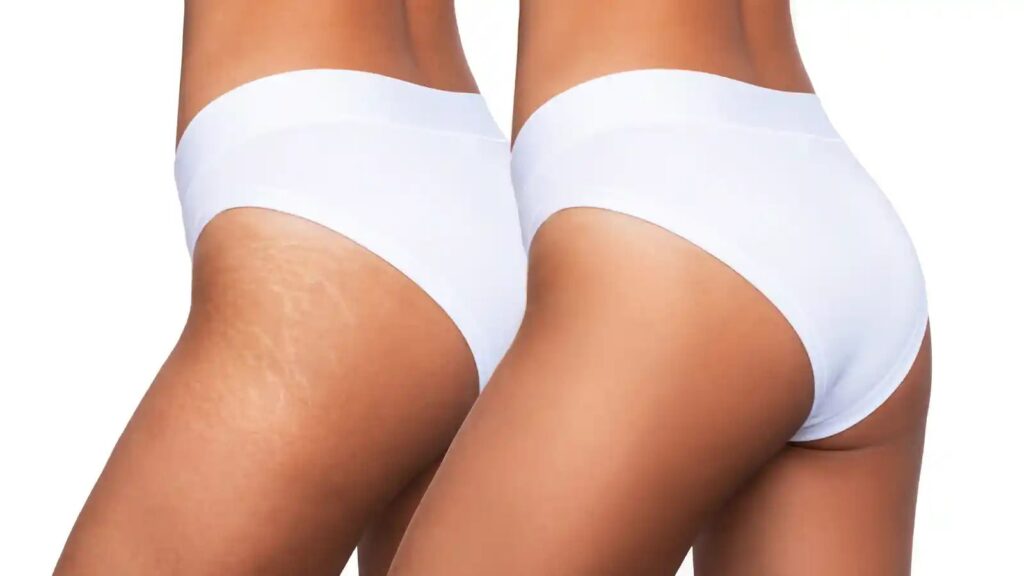
Ways to Maintain Stretch Marks During Future Pregnancies
If you think of future pregnancies, you need to prevent stretch marks in advance so you don’t have to put in time and effort later. Keeping your skin moisturized is a simple yet good method. Prepare an item that contains vitamin E, shea butter, or cocoa butter for use on the skin to keep it flexible and prevent stretch marks.
Limiting weight gain during pregnancy will stop the skin from over stretching. A good diet rich with vitamin C, D, and zinc also promotes skin health and endurance and prevents it from rent go.
When to Seek Professional Advice
If the selling results of stretch mark remedies manufacture at home or from a pharmacy do not appear, it may be time to seek expert advice. Upon examination of your stretch marks, a dermatologist will inform you of the best options to remove the marks specific to your skin type and condition.
Professional treatments might include laser therapy, microneedling, or chemical peels. Go for these if you are after a substantial change and the at home remedies have been too slow or yielded unsatisfactory results.
Stretch marks after pregnancy require an understanding of their causes and looking into the many stretch mark removal options available to you. From inexpensive topical treatment to high tech laser therapy, each has certain advantages. A professional consultation is recommended to ensure the choice of the best and most appropriate treatment for your particular skin need.
Whatever approach you choose, patience and persistence will serve you well. When applied correctly, the appearance of stretch marks can be greatly reduced, giving a confident lift to your post pregnancy body.
Frequently Asked Questions
Can stretch marks disappear 100%?
Generally, the treatments help in minimizing the visibility but do not cure them completely. Laser treatments and microneedling perhaps offer the best chances of eliminating visibility.
Is laser stretch mark removal painful?
The patients sometimes recount a bit of pain or rubber band snap sensations through laser sessions. A numbing cream is usually applied before the procedure to numb the pain.
How many sessions are required for laser therapy?
Based on build, number of sessions from 3 to 6 may be recommended. Each session is 30-60 minutes long.
